Advanced space engine Ion thruster has broken the records for operating current, power and thrust.
The development of the Hall thruster was led by Alec Gallimore, University of Michigan professor of aerospace engineering and the Robert J. Vlasic Dean of Engineering.
Above, the Hall thruster tested at the NASA Glenn Research Center. Credit NASA
Hall thrusters paving the way for eventual missions to Mars, offer exceptionally efficient plasma-based spacecraft propulsion by accelerating small amounts of propellant very quickly using electric and magnetic fields. They can achieve top speeds with a tiny fraction of the fuel required in a chemical rocket.
Gallimore said:
“Mars missions are just on the horizon, and we already know that Hall thrusters work well in space. They can be optimized either for carrying equipment with minimal energy and propellant over the course of a year or so, or for speed—carrying the crew to Mars much more quickly.”
The X3 thruster during vacuum-chamber testing in July and August. Credit NASA
The challenge is to make them larger and more powerful. The X3, a Hall thruster designed by researchers at U-M, NASA and the U.S. Air Force, shattered the previous thrust record set by a Hall thruster, coming in at 5.4 newtons of force compared with 3.3 newtons.
The improvement in thrust is especially important for crewed mission—it means faster acceleration and shorter travel times. The X3 also more than doubled the operating current record (250 amperes vs. 112 amperes) and ran at a slightly higher power (102 kilowatts vs. 98 kilowatts).
source University of Michigan

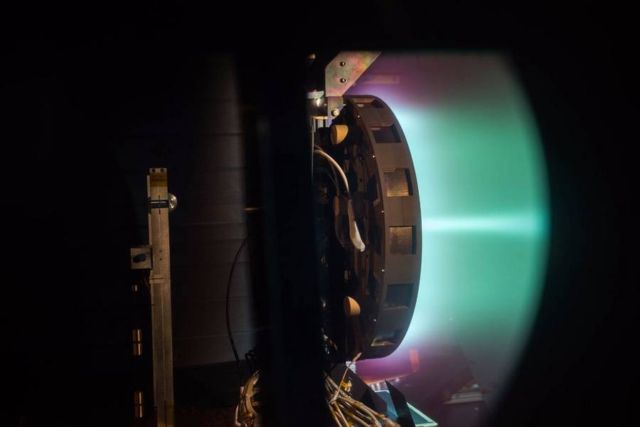
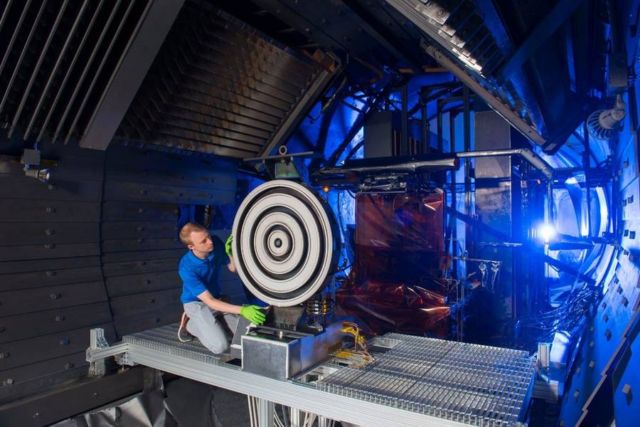

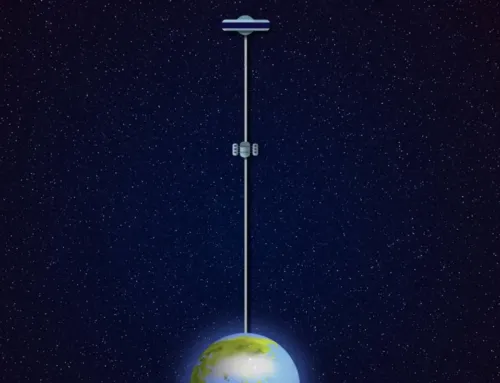
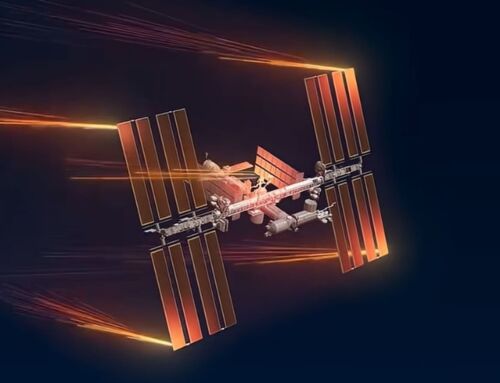
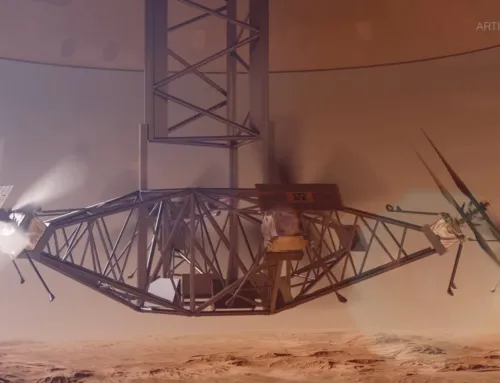
Reality is coming close to science fiction. I did not know that an ion engine had been developed. This new thruster will enable crafts to reach higher and higher speeds making space travel possible.